Published by: BhumiRaj Timalsina
Published date: 26 Jan 2022
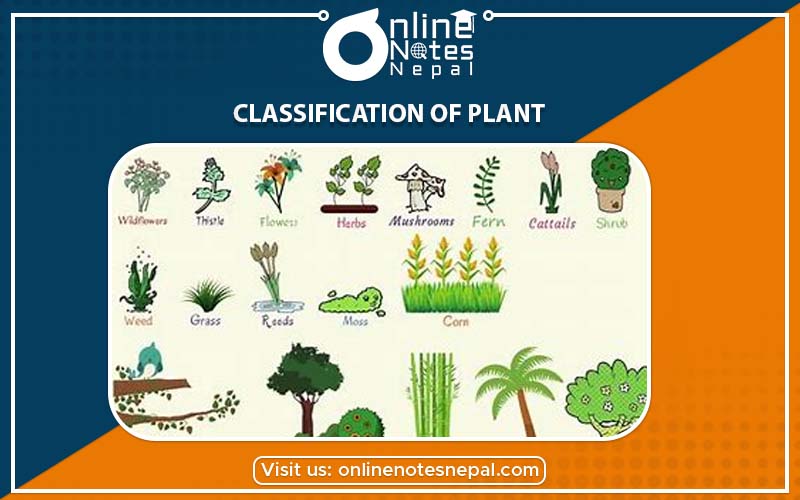
Along with animals, there are also various species of plants living and surviving in this world. They are also different from one another. Some are big some are small, some are flowering plants some are non- flowering plants, some prepare food and some does not prepare food, some are unicellular some are multicellular and so on. They differ in their size, shape, structure, habit, habitat, mode of life etc. Some of the examples of plants are the fern, mustard, sunflower, mango, grass, spirogyra etc. Plants are very important for us. It provides food, shelter, clothes, medicines, prevents soil erosion, balance ecosystem, and many other important things. Some of the general characteristics of plants are discussed below,
General characteristics of plants
There are various species of plants. Some are microscopic and some are big. Some plants bear flowers and some do not bear a flower. Plants are classified into different groups so that we can study easily and avoid confusion. Plants are classified into two sub- kingdoms on the basis of flowering and non- flowering features. They are described below,

Cryptogams are also called flowerless or seedless plants as they do not bear flower and seeds. They are also called 'lower plants' that reproduce through spores. They do not have the structure of plants like true stems, roots, leaves, flowers, or seeds etc. Some of the general characteristics of cryptogams are discussed below,
Cryptogams are further divided into three divisions. They are given below,
Thallophyta:Thallophyta includes those plants whose body is not differentiated into roots, stem and leaves. The plant body is called thallus as it is formed by an undifferentiated mass of cells. They may or may not contain chlorophyll. They may be unicellular or multicellular. The division thallophyta is again sub- divided into the following groups,
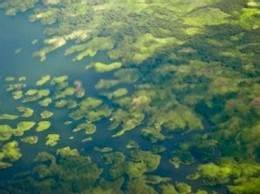
The general characteristics of algae are discussed below,
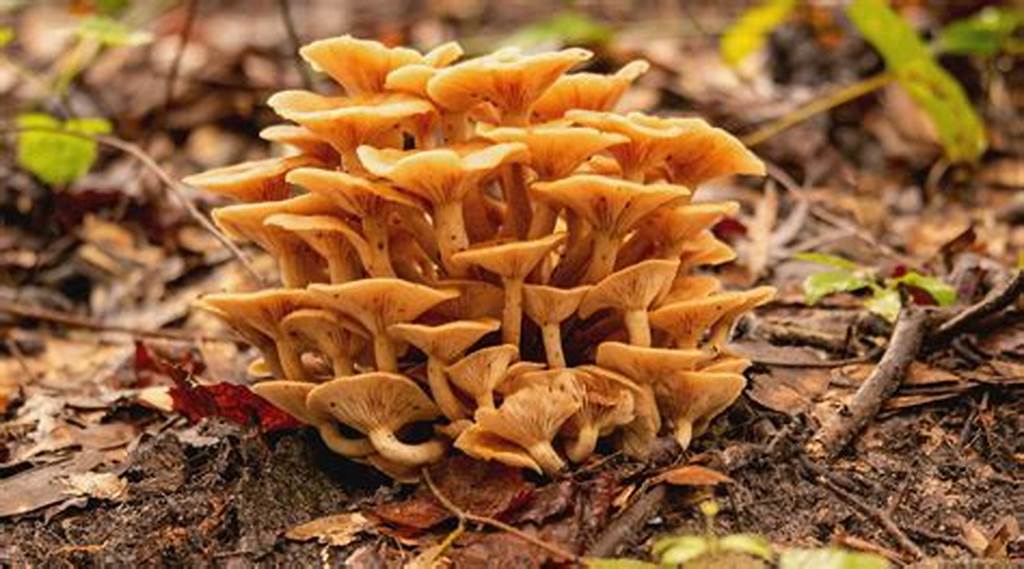
The general characteristics of fungi are discussed below,
Bryophyta: It includes plants like mosses, liverworts, hornworts etc. Some of the general characteristics of bryophyta are discussed below,
Pteridophyta: Pteridophyta is also known as 'wing- plants'. They are seedless plants. Some of the general characteristics of pteridophyta are discussed below,
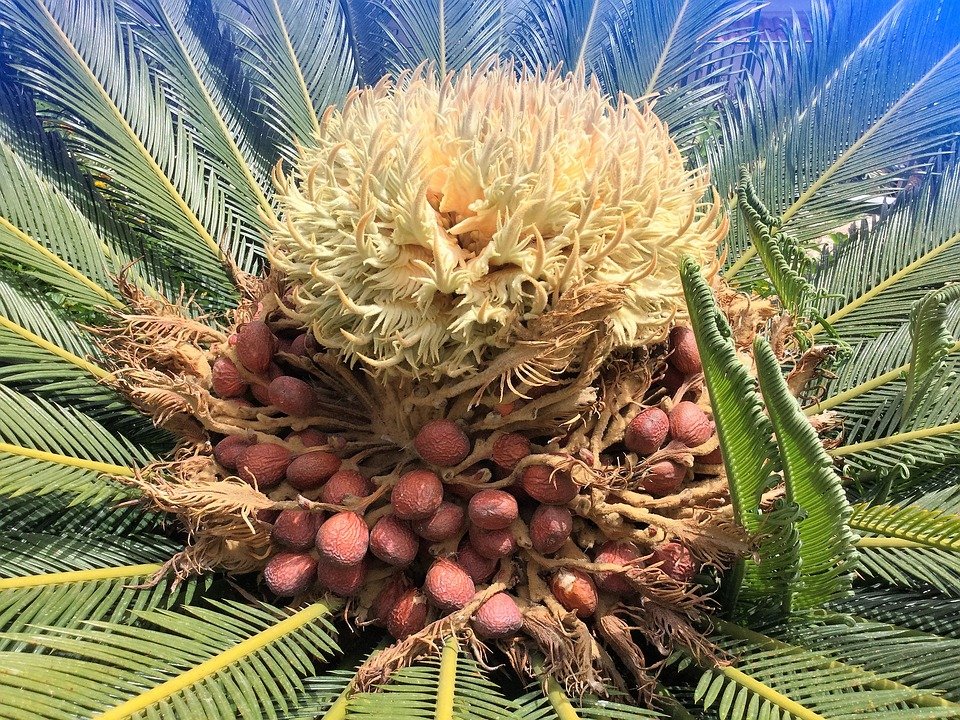
This group includes the most developed and advanced plant. They can prepare their own food. They bear flowers and seeds. Flowers are one of the most important parts of plants as they make plants more attractive. They produce flowers of different structure and colours. They have well developed the reproductive system. The flower acts as a reproductive part as it produces fruits and seeds. They have well-developed root and shoot systems. Phanerogams have only one division called spermatophyta which is further divided into two sub- divisions called gymnosperms and angiosperms.
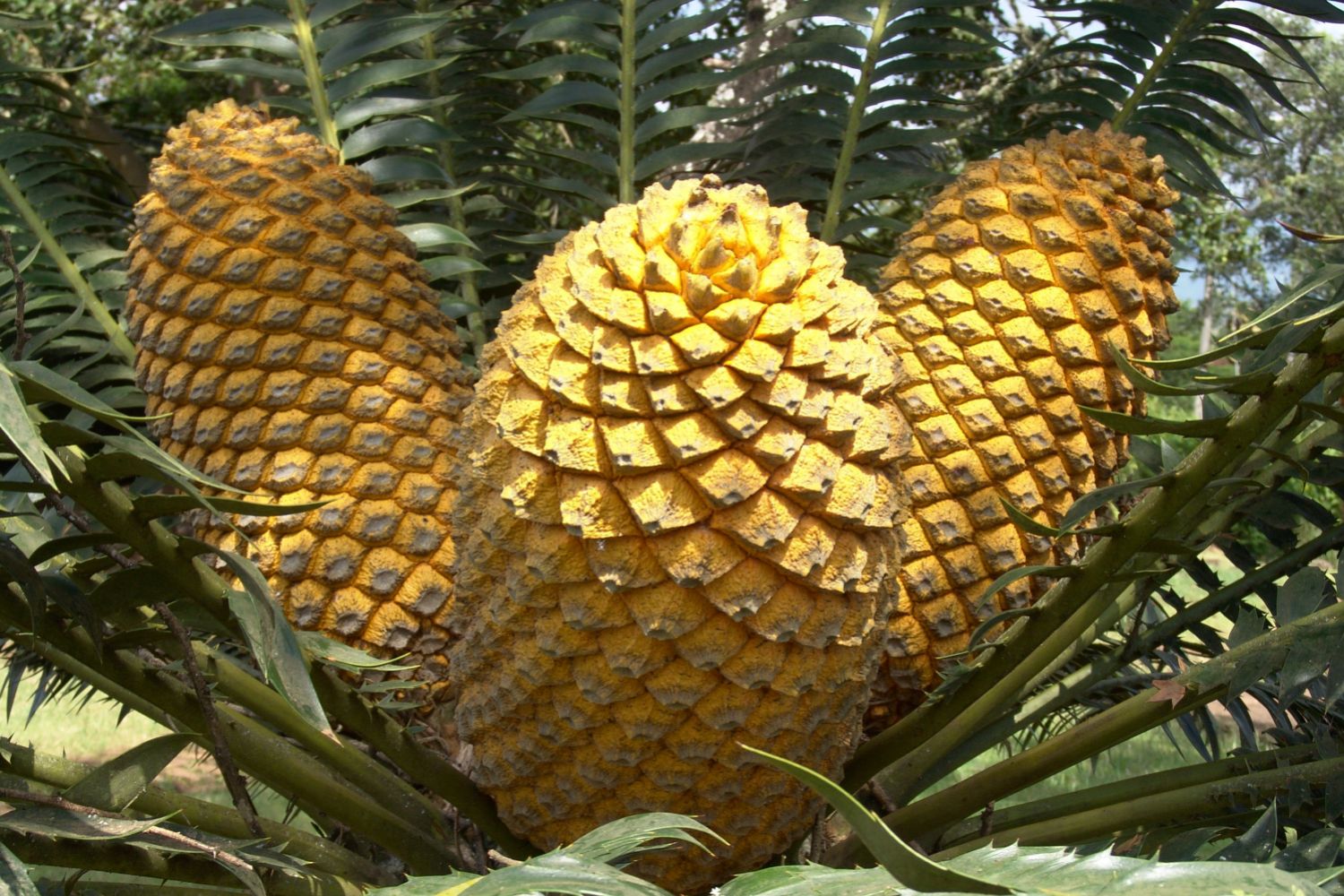
They are naked- seeded plant as their seeds are not enclosed in a fruit. They are mostly found in hills. They were the first plant to have seeds. Some of the general characteristics of gymnosperms are discussed below,
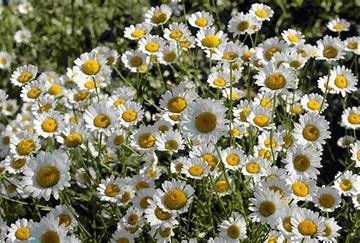
Angiosperms are the largest group among all the groups of plants. About 80% of the green plants belongs to the group angiosperms. It includes very important plant that acts as a source of food, shelter, and clothing for humans. They grow in all types of habitats. Some of the general characteristics of angiosperms are discussed below,
The angiosperms are further divided into two classes, monocotyledons, and dicotyledons.
Monocotyledons: Monocotyledons are those plants that have only one cotyledon. Some of the characteristics of monocotyledons are discussed below,
Dicotyledons: Dicotyledons are those plants that have two cotyledons in their seeds. Some of the general characteristics of dicotyledon plants are discussed below,